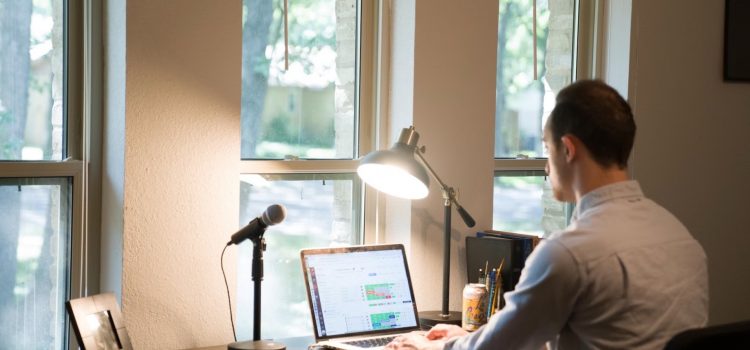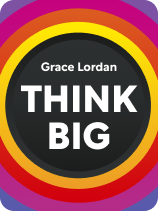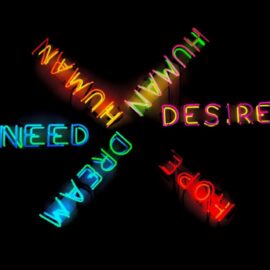

This article is an excerpt from the Shortform book guide to "Think Big" by Grace Lordan. Shortform has the world's best summaries and analyses of books you should be reading.
Like this article? Sign up for a free trial here.
What kind of lighting boosts your creativity? What temperature should your workspace be?
In Think Big, Grace Lordan argues that most of us fail to transform our lives because we try to change too much too quickly. Instead, we must set a big goal and then take the regular, small steps necessary to achieve it. One of those steps is creating a productive work environment.
Read more to learn how to set up your environment for maximum productivity.
Creating a Productive Work Environment
Lordan suggests that the most important thing you can do to create a productive work environment is to minimize digital distractions. We all do our best work in flow. But, if you’re distracted by a digital disruption (like an Instagram notification), you’re knocked out of flow and have to get back into it—which takes up a lot of time. To minimize these disruptions, figure out what distracts you the most when you’re trying to work. Then, eliminate that distraction by only ever accessing it on one gadget and hiding that gadget when you’re working.
(Shortform note: In Hyperfocus, Chris Bailey elaborates on why a digital disruption knocks you out of flow. He explains that multitasking on complex tasks is biologically impossible: Your working memory—the part of your brain that holds the information your mind is actively processing—is only large enough to fit a single complex task. So even if you think you’re multitasking (like by responding to Instagram DMs as you work), you’re actually just switching your attention rapidly between the two tasks. Bailey suggests reducing digital distractions by rethinking what digital devices you own. If two devices perform essentially the same tasks, you likely only need one—and having fewer devices should theoretically cause fewer distractions.)
Lordan names several other changes you can make to your environment that studies suggest will improve your work. Dedicate a particular space for work that you want to get into flow with; by doing so, you’ll habituate your brain to reaching flow in that environment and so get into flow more quickly. Airflow and natural light are both linked to increased performance, so adjust the ventilation and light in this workspace or regularly go outside. Improve productivity by keeping your workspace quiet, adding greenery to your office, and keeping the temperature between 16 and 24 degrees C (60 to 75 degrees F). Finally, adjust your artificial lighting based on what you want to do; brighter lights improve your focus while less intense lights increase creativity.
| Other Experts’ Recommendations for Adjusting Your Environment Other experts make similar suggestions for improving your work environment. In Steal Like an Artist, Austin Kleon recommends devoting separate desks to digital versus analog work to habituate your brain to the types of work you need to do. And in Why We Sleep, Matthew Walker recommends adjusting the settings on your devices to reduce blue light, which disrupts your sleep rhythm. Reducing your exposure to blue light improves your sleep and thus your productivity. You can also make similar changes if you’re running a business and want to improve your employees’ productivity. If you want your employees to have increased airflow, natural light, and greenery, but you can’t switch offices, try implementing a policy where you hold meetings outside. Consider rethinking your office thermostat levels, especially if you employ women, who tend to work best in temperatures that are 3°C warmer than what men like. If you can switch offices, consider avoiding open office plans; not only are they loud and distracting, but they can also stress out your introverted employees, as Susan Cain explains in Quiet. |

———End of Preview———
Like what you just read? Read the rest of the world's best book summary and analysis of Grace Lordan's "Think Big" at Shortform.
Here's what you'll find in our full Think Big summary:
- Why most of our attempts to transform our lives fail
- How to overcome the cognitive biases that hold us back from our goals
- How to take the necessary small steps to change your life long term






